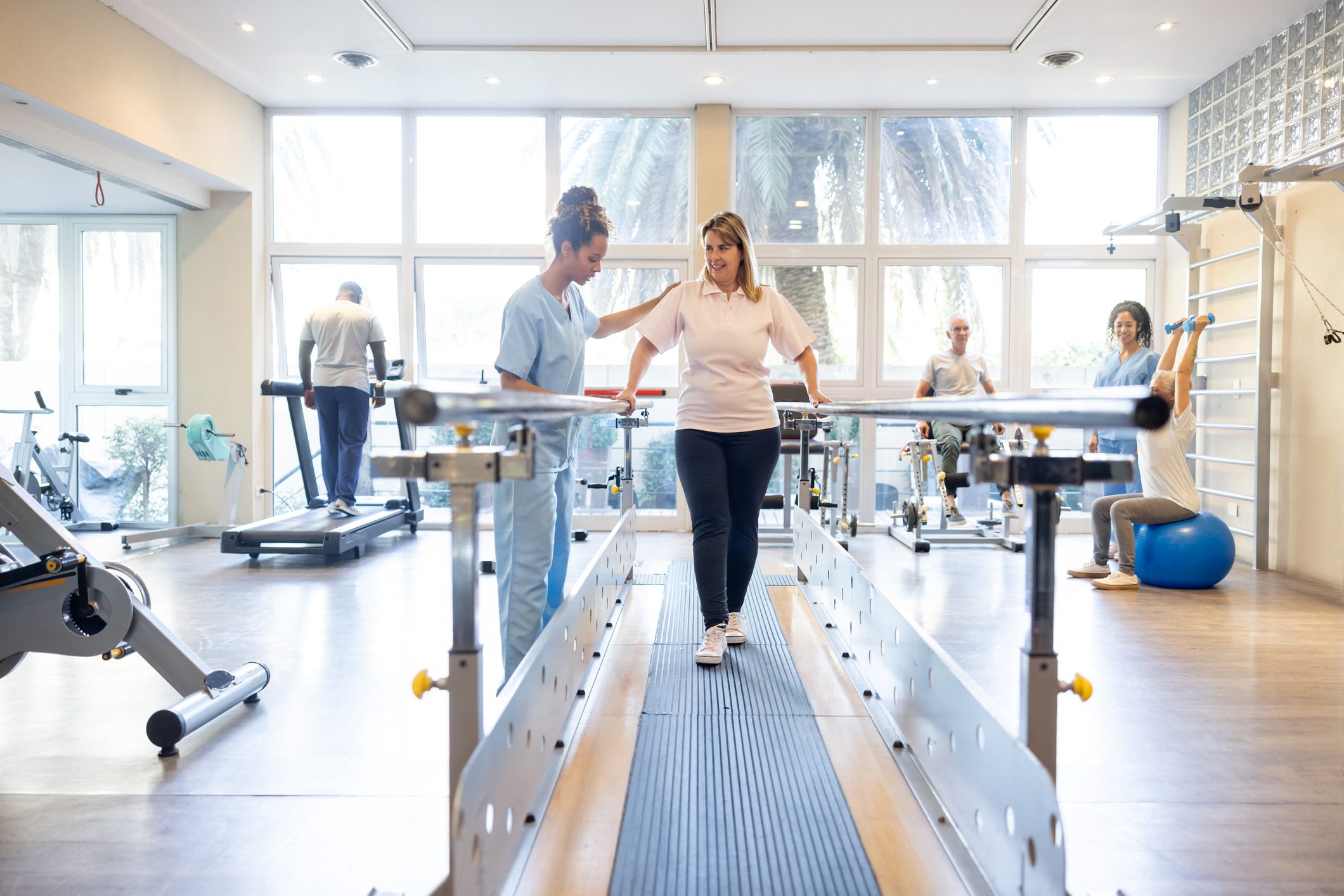Workers’ comp is changing, and with it comes a fresh perspective on injured workers. We have the opportunity to dive deeper into more of the real challenges and needs of employees on the road to recovery. This isn’t just a shift in perspective—it’s a chance to transform how we approach injury, treatment and long-term support.
We can obtain a broader, more insightful view of an injured worker’s recovery journey that goes beyond the injury itself. Social factors, mental health and economic pressures are increasingly shaping outcomes, impacting every step of recovery. With today’s data, we can even trace patterns in past treatments to anticipate future care needs or potential complications.
This holistic approach is opening new doors in our industry, and every new factor that data can reveal counts in helping employees heal and thrive.
Social Barriers to Effective Treatment.
Understanding factors like race and economic stability is becoming crucial to treating injured workers.
The Study: Recent research on new patients at a Level 1 trauma center orthopedic clinic highlights this reality: housing insecurity, limited access to transportation and financial strain all correlate with poorer physical and mental health outcomes. Social conditions are not just side factors, but rather central elements shaping recovery and injured workers’ overall well-being.
Key Takeaway: Financial hardship emerged as a powerful predictor of mental health struggles in these evaluations. Patients facing difficulties affording medications or lacking reliable transportation reported significantly higher distress levels. This link underscores how financial strain is not just a logistical barrier—it is a major contributor to mental health challenges that complicate the healing process.
What you can do: Practical solutions to overcome these social barriers could including ensuring that entitlement to supportive services and funds are communicated clearly. For example, stress can be reduced when services like transportation or translation are delivered or offered timely and effectively.
Diving Deeper – Rotator Cuff Repair Risk Stratification
 Social determinants of health have a profound impact on recovery outcomes, even for highly specific procedures like rotator cuff repair (RCR).
Social determinants of health have a profound impact on recovery outcomes, even for highly specific procedures like rotator cuff repair (RCR).
The Study: A comprehensive review of 32 studies spanning seven countries and over 100,000 patients who went through RCR operations revealed how factors such as income, education and support systems can shape access to care and influence recovery.
Key Takeaway: In the review, patients facing these factors experienced higher rates of failed repairs, more frequent revision surgeries and a reduced ability to return to work.
What you can do: Recovery is not solely about medical treatment; it’s deeply intertwined with larger social conditions that exist outside the injury itself. Moving forward, these determinants should be identified and tracked to ensure we can fully understand their impact in worker’s comp.
Predictive Insights for Future Treatments
Analyz ing past treatment outcomes can allow for new valuable insights into an injured worker’s risk for future complications.
ing past treatment outcomes can allow for new valuable insights into an injured worker’s risk for future complications.
The Study: A groundbreaking study analyzed more than 17,000 workers’ comp claims for knee surgeries conducted between 2007 and 2017, focusing on the experiences of injured workers who underwent arthroscopic meniscectomy (AM).
Key Takeaway: Results revealed that injured workers who underwent AM were more than twice as likely to need total knee arthroplasty (TKA) later on.
What you can do: Being proactive by identifying these critical predictors can allow all parties involved to craft more precise treatment plans, better optimize resource allocation and ultimate facilitate faster recoveries for injured workers.
Recognizing and addressing the social and economic challenges that injured workers face will be pivotal in the future of workers’ comp. It’s time for payers and providers to rethink their strategies and recognize that healing extends beyond the physical injury and instead encompasses the broader context of each worker’s life.



